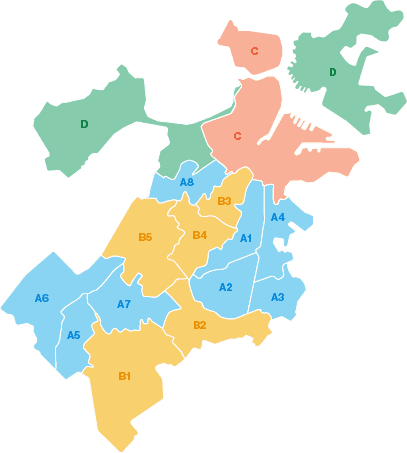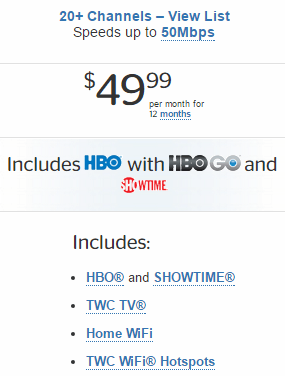 While cable operators continue to deny cord cutting is real, their marketing departments think otherwise and are responding with slimmed down cable TV packages showcasing premium movie channels at a non-premium price.
While cable operators continue to deny cord cutting is real, their marketing departments think otherwise and are responding with slimmed down cable TV packages showcasing premium movie channels at a non-premium price.
This week, Time Warner Cable began offering a $10 add-on video package of over-the-air major network stations for new customers in Manhattan signing up for 50/5Mbps broadband service ($39.95 a month alone on a one year promotion in TWC Maxx markets). Oh did we forget to mention that $10 also includes both HBO and Showtime — the same networks Time Warner sells to everyone else for about $16.95 a month each?
At $10 a month, the package is a steal if you are still interested in local live/linear TV and movie channels. XFINITY Stream for Comcast is comparable, but Comcast extracts $15.99 a month for almost the same thing.
Time Warner Cable is obviously targeting disinterested Millennials that might otherwise skip television or consider the $20 Sling TV package instead.
But the cable company is downplaying the package and its price.
Time Warner Cable CEO Rob Marcus likes to remind investors at least 80 percent of Time Warner customers still subscribe to the big 200+ channel cable TV package, and Time Warner has hardly been a pioneer of “skinny bundles” that cut down the TV package to just the essentials.
Despite those assertions, the number of Americans willing to drop cable television continues to increase… and fast. Convergence Consulting notes the industry lost 283,000 video customers in 2014 and 1.1 million in 2015 — a four-fold increase. Convergence estimated at least another 1.1 million will cut the cable TV cord this year in what could become “the new normal.”
Video consumers are turning instead to on-demand, online viewing, which can provide commercial-free and binge viewing opportunities. Both Millennials and Generation X viewers are trending towards shows, not channels and networks, and many would never know (and fewer still care) what channel they were watching without the identity bug perpetually attached to the lower right of the screen.
Eventually, cable television service will likely occupy a part of a fat IP-pipe free-for-all, where viewers can still watch linear programming if they wish, but are more likely going to customize a much more personal viewing experience online instead.


 Subscribe
Subscribe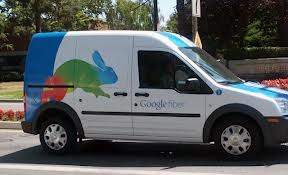 Google Fiber has quietly unveiled its own discount Internet plan for the income-challenged that vastly simplifies the hoops consumers have to successfully jump through to enroll.
Google Fiber has quietly unveiled its own discount Internet plan for the income-challenged that vastly simplifies the hoops consumers have to successfully jump through to enroll.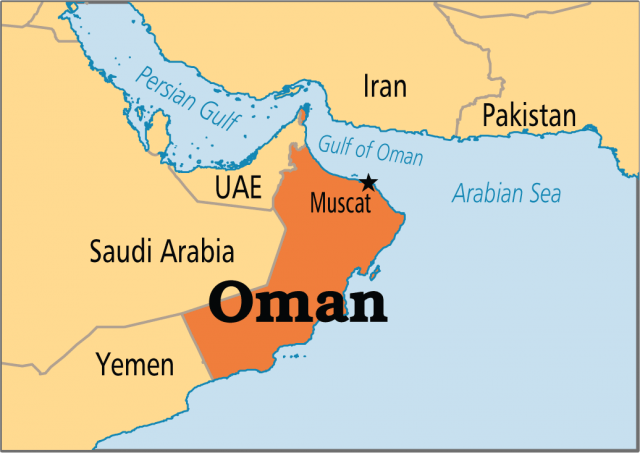 Oman has declared an all-out war on the digital divide, with the country’s broadband provider pledging
Oman has declared an all-out war on the digital divide, with the country’s broadband provider pledging 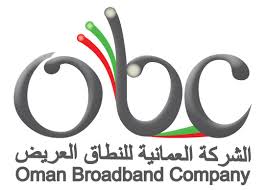 To accomplish this, every inch of the sultinate must have access to fast broadband speeds.
To accomplish this, every inch of the sultinate must have access to fast broadband speeds. Stop the Cap! reader Geoff W. lives in Liberty Township, Ohio — 35 miles east of Columbus, the state capital. But he might as well live in Cuba, because High Speed Internet is a digital pipe dream for him and his immediate neighbors. Despite living just a few houses away from other Time Warner Cable customers, the cable giant has quoted him $31,885 to install broadband service at his home.
Stop the Cap! reader Geoff W. lives in Liberty Township, Ohio — 35 miles east of Columbus, the state capital. But he might as well live in Cuba, because High Speed Internet is a digital pipe dream for him and his immediate neighbors. Despite living just a few houses away from other Time Warner Cable customers, the cable giant has quoted him $31,885 to install broadband service at his home.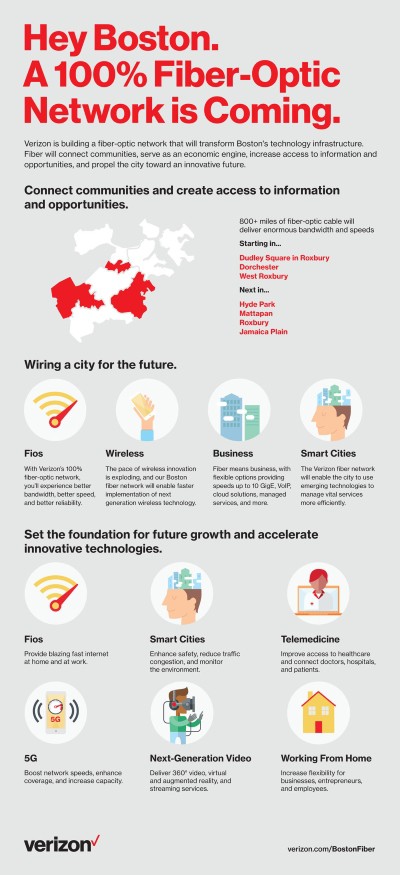 The long wait for fiber optic broadband in the city of Boston is finally over.
The long wait for fiber optic broadband in the city of Boston is finally over.